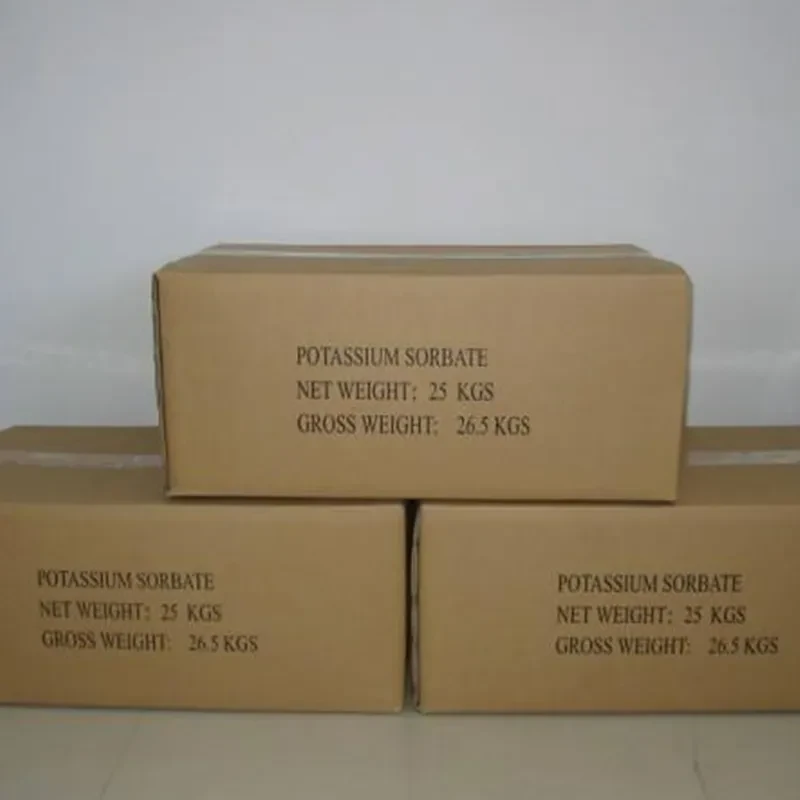
Understanding E150d Food Additive and Its Uses in Food Products
Understanding E150d A Common Food Additive
In the world of food production and processing, additives play a pivotal role in enhancing the quality, shelf life, and overall appeal of food products. Among the myriad of additives, E150d, commonly known as Caramel Color, stands out for its versatility and widespread use. This article delves into the nature, applications, safety, and considerations surrounding E150d.
What is E150d?
E150d refers specifically to a type of caramel color that is produced by heating sugar, a process known as caramelization. This particular variant is classified as “sulfite ammonia caramel” and is created by the reaction of sugars with ammonium compounds and sulfites. The resultant dark brown liquid or solid can vary in coloriness, but its primary function is to impart a rich, brown hue to various food products.
Caramel color is categorized into several types based on its production method, and E150d is just one of them. It is primarily utilized in beverages, especially colas and other soft drinks, as well as in sauces, gravies, baked goods, and confections. Its ability to provide consistent color without altering flavor makes it a favorite among manufacturers.
Applications of E150d
The applications of E150d are extensive and encompass various food and beverage categories
1. Soft Drinks The most notable usage of E150d is in colas and dark sodas. The deep color associated with these beverages is largely attributed to caramel color, giving them the characteristic appearance that consumers expect.
2. Sauces and Condiments E150d is frequently used in BBQ sauces, soy sauces, and salad dressings to enhance their visual appeal.
3. Baked Goods In the baking industry, caramel color is used in products like bread, muffins, and cookies to improve their browning and overall color.
e150d food additive

4. Snacks and Confections Candies, chocolates, and snack foods often incorporate E150d to create an aesthetically pleasing appearance.
Safety and Regulations
E150d is generally regarded as safe for consumption by food safety authorities worldwide, including the FDA and EFSA. Studies and assessments conducted on caramel color additives have shown no significant health risks when consumed within the established acceptable daily intake levels. However, as with all food additives, moderation is key.
Despite its safety profile, some consumers are becoming increasingly aware of what goes into their food. As the trend toward clean eating grows, many people are seeking transparency in food labeling and may prefer products without artificial colors or additives, including E150d. This shift is prompting some manufacturers to explore natural alternatives to achieve desirable coloration without using synthetic options.
Consumer Considerations
For consumers interested in the implications of E150d, it’s essential to recognize that food additives like caramel color are labeled in ingredient lists. Many food products clearly indicate their inclusion, allowing consumers to make informed choices based on their dietary preferences or restrictions.
Moreover, certain individuals may have sensitivities to sulfites or may choose to avoid synthetic additives for personal health beliefs. It’s crucial for these individuals to read labels diligently and opt for products that align with their health choices.
Conclusion
E150d, or sulfite ammonia caramel, is a widely used food additive that plays an essential role in the food industry, particularly in enhancing the visual appearance of beverages, sauces, and baked goods. With its safety affirmed by various health authorities, it remains a staple ingredient in numerous products. However, as consumers become more health-conscious and seek transparency in food sourcing, the demand for natural alternatives may shape the future landscape of food additives. Understanding additives like E150d allows consumers to make better choices, ensuring that their dietary preferences and health considerations are respected.
-
Understanding Synthetic Rubber OptionsNewsApr.27,2025
-
Trichloroisocyanuric Acid: Essential for Clean and Safe WaterNewsApr.27,2025
-
Sodium Dichloroisocyanurate: Key to Safe Water TreatmentNewsApr.27,2025
-
Sodium Acid Pyrophosphate: Essential in Modern Food ProcessingNewsApr.27,2025
-
Essential Water Treatment ChemicalsNewsApr.27,2025
-
Denatured Alcohol and Its Industrial UsesNewsApr.27,2025
-
The Versatile Uses of Sodium BicarbonateNewsApr.24,2025
Hebei Tenger Chemical Technology Co., Ltd. focuses on the chemical industry and is committed to the export service of chemical raw materials.
-

view more DiethanolisopropanolamineIn the ever-growing field of chemical solutions, diethanolisopropanolamine (DEIPA) stands out as a versatile and important compound. Due to its unique chemical structure and properties, DEIPA is of interest to various industries including construction, personal care, and agriculture. -

view more TriisopropanolamineTriisopropanolamine (TIPA) alkanol amine substance, is a kind of alcohol amine compound with amino and alcohol hydroxyl, and because of its molecules contains both amino and hydroxyl. -

view more Tetramethyl Thiuram DisulfideTetramethyl thiuram disulfide, also known as TMTD, is a white to light-yellow powder with a distinct sulfur-like odor. It is soluble in organic solvents such as benzene, acetone, and ethyl acetate, making it highly versatile for use in different formulations. TMTD is known for its excellent vulcanization acceleration properties, which makes it a key ingredient in the production of rubber products. Additionally, it acts as an effective fungicide and bactericide, making it valuable in agricultural applications. Its high purity and stability ensure consistent performance, making it a preferred choice for manufacturers across various industries.











